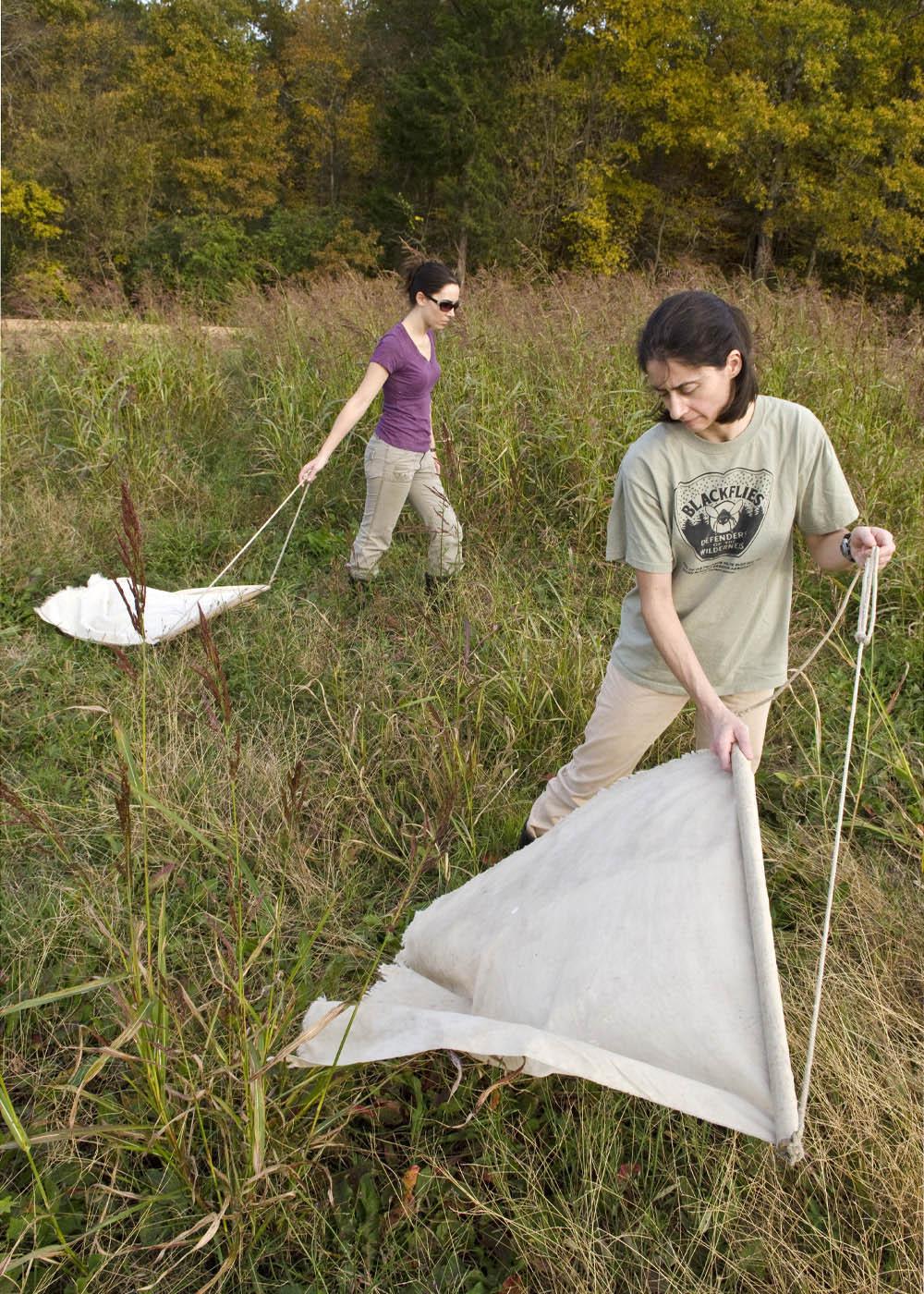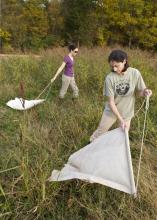Information Possibly Outdated
The information presented on this page was originally released on January 19, 2012. It may not be outdated, but please search our site for more current information. If you plan to quote or reference this information in a publication, please check with the Extension specialist or author before proceeding.
Parasitology research impacts multiple species
MISSISSIPPI STATE -- Research, teaching and diagnostic efforts focused on parasites, such as worms, fleas and ticks, are important for all of the clients served by Mississippi State University’s College of Veterinary Medicine.
Dr. Andrea Varela-Stokes is an assistant professor in basic sciences, teaching veterinary parasitology and helminthology and researching tick-borne diseases. She said there are many applications for parasitology in research and service.
“We interact with the clinics and diagnostic labs on a regular basis,” she said. “Working with different departments on campus is a great way to share research interests and ideas.”
Varela-Stokes and CVM professor Dr. Linda Pote diagnose parasites that are submitted to the veterinary college for identification. Their cases are very diverse, and Varela-Stokes has had cases from identifying tapeworms in nutria to uncommon flukes in dogs.
Using her research lab and routine molecular techniques, she also diagnosed several cases of a tick-borne protozoan in a veterinary student’s dogs. This resulted in a scientific presentation at a national meeting.
“We were able to identify a hepatozoon (parasite) species that has only recently been found in the United States,” she said. “These dogs became infected and sick by ingesting ticks with the protozoan.”
Dr. Kelli Jones, assistant clinical professor with MSU’s Poultry Research and Diagnostic Laboratory in Pearl, said she relies on the parasitology group to help with cases.
A recent example involved an outbreak of black flies, which carry a protozoan similar to the one that causes malaria. Backyard poultry owners began to flood the laboratory with calls about sick and dead birds in areas with heavy concentrations of black flies.
“We wanted to determine if the flies were causing the clinical problems or if the symptoms were coming from leucocytozoon, a parasitic blood protozoa that uses blackflies as their definitive host and birds as their intermediate host,” Jones said. “Coinfections complicate the diagnostic process.”
For assistance, Jones turned to Varela-Stokes, who used molecular techniques to help identify which parasites were present. Jones said that leukocytozoon was more of a concern for noncommercial flocks, including backyard quail, chickens, and turkeys, because they were readily exposed to black flies in their environment.
“Most turkeys have no symptoms, but chickens and quail can become anemic if infected,” she said. “It helps to determine the reservoir for the parasites in order to be able to plan for prevention.”
Dr. Steve Pruett, head of the basic sciences department, said the study of parasitology is essential in animal medicine, and the research can have significant benefits to humans, as well.
“Veterinary students need informed people teaching them about parasites that are found in this part of the world,” Pruett said. “While it may not be a major factor in human medicine in the United States, parasites have an impact on most of our animal populations, including food animals.”
For example, Pruett said MSU research into parasites that impact catfish determined that a parasite, for which the life cycle was first described by Pote, has three hosts: American white pelicans, ram’s horn snails, and catfish. Researchers proposed that by controlling the snails, producers could reduce or eliminate economic losses caused by this parasite.
“Research by Dr. Pote and others provided a significant benefit to the catfish industry,” he said. “Students need the experiences our faculty can provide to help them diagnose issues impacting many different species.”




